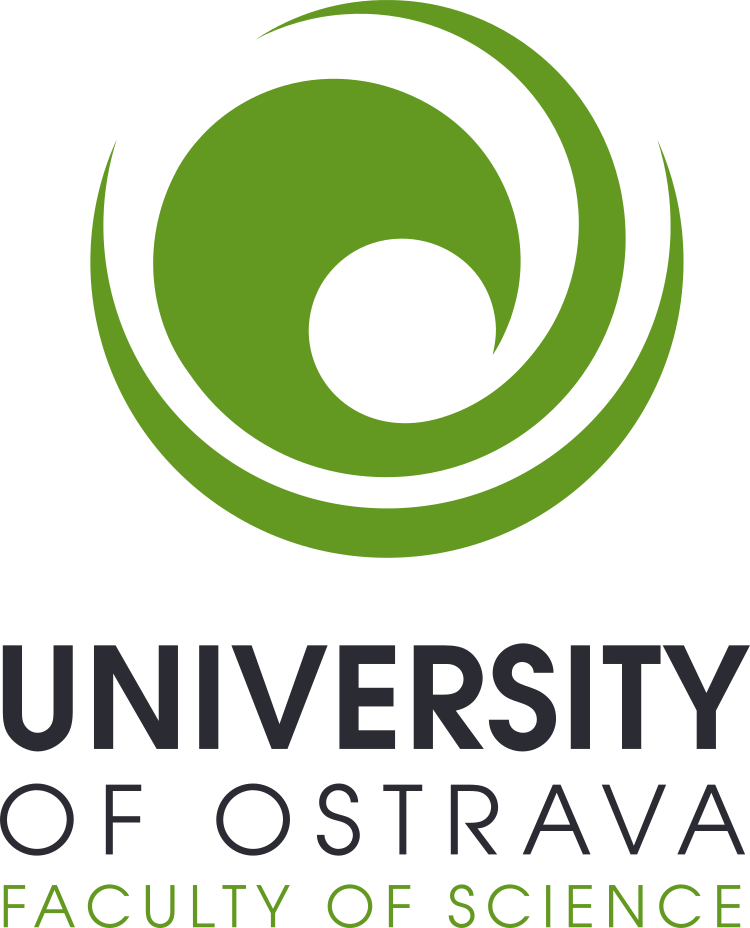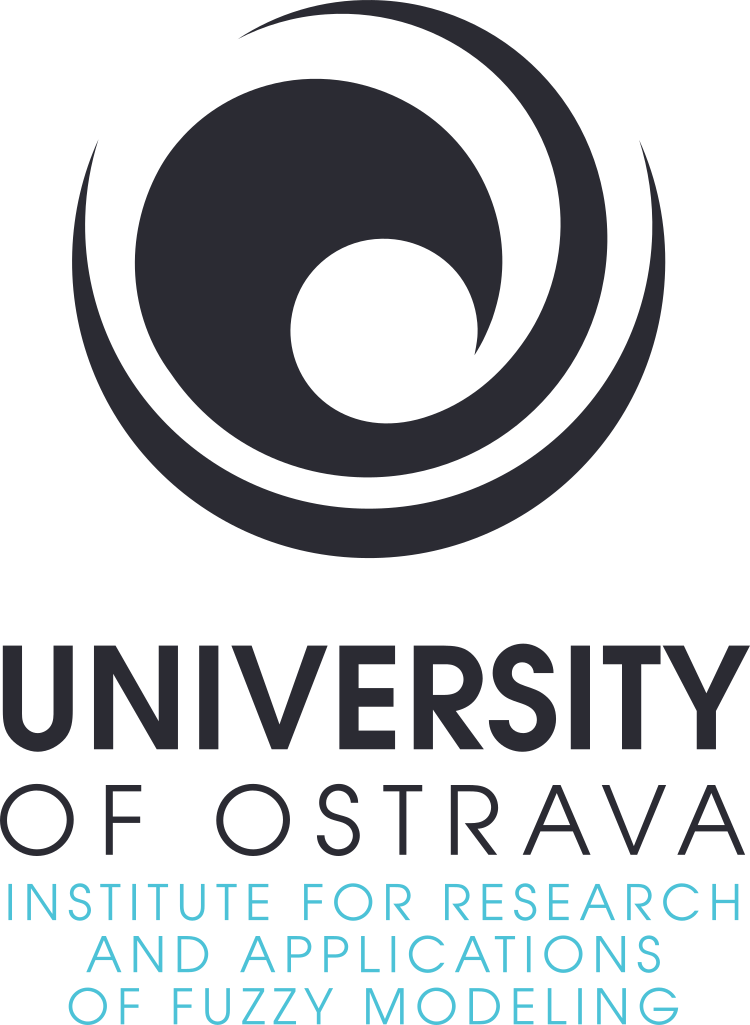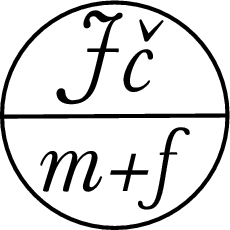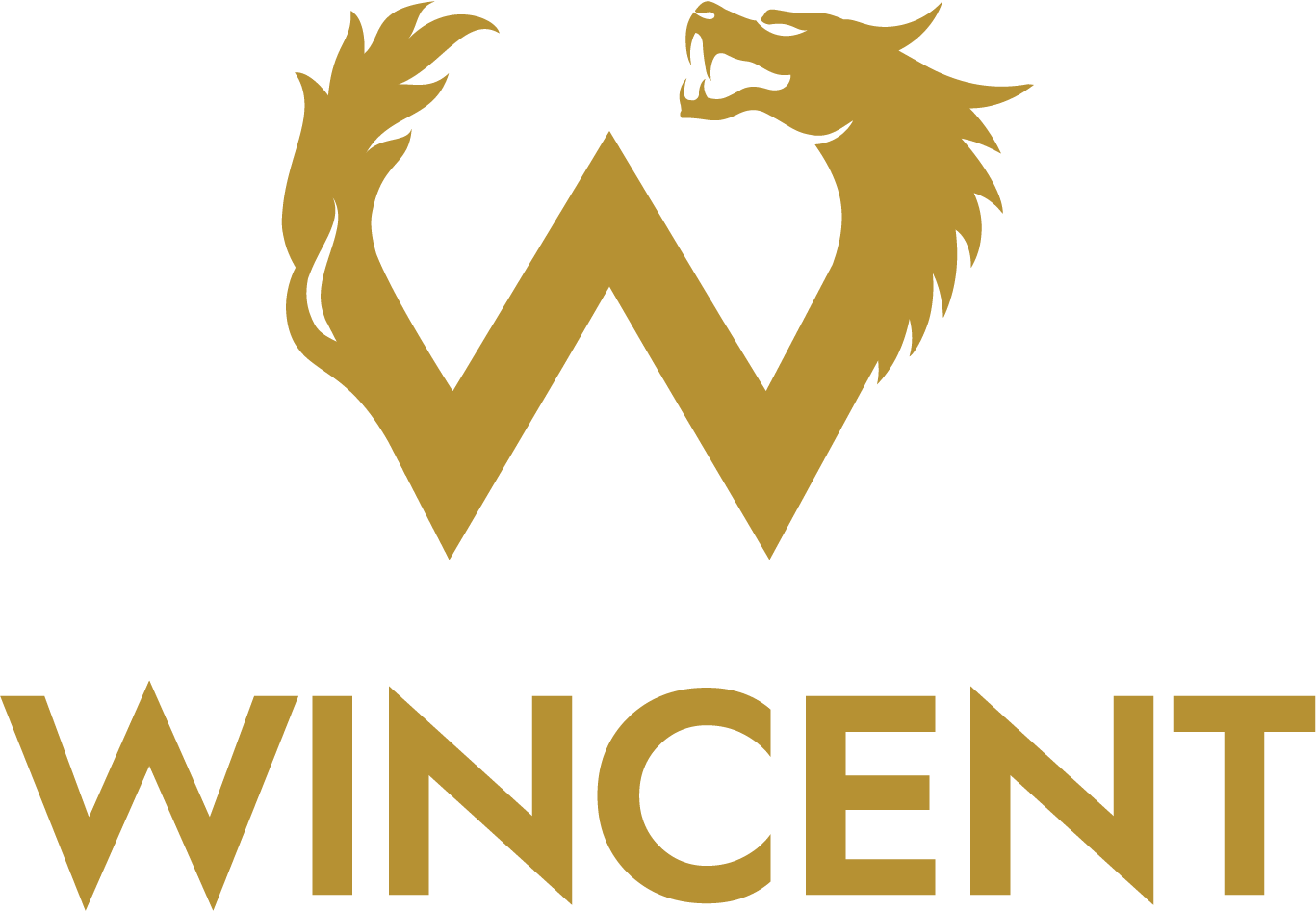Rules
- §1 Participating universities
- §2 Categories
- §3 The language of the Competition
- §4 Registration of universities
- §5 Registration of students and representatives
- §6 Competition costs
- §7 Proposed problems
- §8 Jury
- §9 Representatives
- §10 Jury – chairman election
- §11 Jury – voting
- §12 Jury – problems selection
- §13 Competition
- §14 Jury – assessment
- §15 Total score
- §16 Objections
- §17 Official results
The Vojtěch Jarník International Mathematical Competition is held at the University of Ostrava. The purpose of the Competition is to keep the Mathematics alive and aims to increase the interest in Mathematics. The Competition is open to all university students.
§1 Participating universities
The Competition is organized by the University of Ostrava, Faculty of Science, in cooperation with other universities (or their faculties) which, based upon the Announcement, decide to participate in the Competition in the given year.
In justified cases, even the cooperation of interested individual persons, not coming under any university, can be accepted. The Faculty of Science of the University of Ostrava coordinates the organization of the Competition.
§2 Categories
The Competition is divided into two categories: Category I and Category II.
Student can participate in Category I if:
- he/she does not attend and has not completed 3rd year of the university studies of mathematics (or similar branch) and
- he/she is less than 22 years old on the day of the Competition.
Student can participate in Category II if:
- he/she has not completed university studies of mathematics (or similar branch) and
- he/she is less than 25 years old on the day of the Competition.
§3 The language of the Competition
The official language of the Competition is English. Solutions must be written in English. Solutions written in other language will not be accepted.
§4 Registration of universities
Each of the participating universities nominates several students who will take part in the Competition. A university usually nominates two students for Category I and two students for Category II.
Each participating university should announce the number of nominated students by registration on the official website of the Competition. The deadline of the registration is announced in the Announcement or at the web site.
§5 Registration of students and representatives
Finally, each participating university announces the names of the representative(s) and nominated students. The names are to be registered on the official website according to the deadline specified in the Announcement or at the website.
§6 Competition costs
Every competitor pays a competition fee. The fee is to be paid by bank transfer according to the information specified in the Announcement or at the webside.
Participation of delegates is free of charge.
Travel and accommodation costs are not covered by the organiser.
§7 Proposed problems
Each of the participating universities should propose some mathematical problems: usually one problem suitable for Category I and one problem suitable for Category II.
Each proposed problem should be original, not published yet. In particular, if the Jury does not select a proposed problem to be given at the Competition, the same problem cannot be proposed the next year again.
Each participating university agrees not to reveal the proposed problems to the students before the Competition.
Along with a proposed problem, a solution should be provided. It is strongly preferred that the proposed problems are formulated in English and written in LaTeX template which can be found on the official website (vjc-prob.cls, example.tex). Each proposed problem should be written in a separate file. The TeX files are to be sent to the official e-mail address ( vjimc @ osu . cz ). The files should be sent till the deadline specified in the Announcement or at the website.
The author agrees that his/her name will be shown with the solution provided that the problem will be selected for competition.
§8 Jury
The Competition is controlled by the Jury, which is the highest authority of the Competition. The Jury consists of representatives from the participating universities; the cooperating interested individual persons can also be the members of the Jury.
The Jury is newly established every year.
§9 Representatives
Each participating university should delegate at least one representative into the Jury. The representative should be a member of the academic staff of the university or a full-time PhD student at least. In exceptional and justified cases a participating university may not delegate any representative.
If a university delegates more than one representative, only one of the representatives is allowed to vote. The other representatives are in an advisory capacity.
§10 Jury – Chairman election
Before the competition, members of the Jury elect their Chairman. Candidates for the position of Chairman are proposed. Then voting takes place. This voting can be done electronically, according to the instructions sent by organisers in a particular email.
A candidate with more than 50 % votes in the first round is elected. If there is nobody with more than 50 % votes, second round takes place. In the second round representatives vote between two candidates with the highest number of votes in the first round. In the case of a tie, toss-up decides.
§11 Jury – voting
Each decision of the Jury must be accepted by the majority of votes of the members of the Jury. The Chairman takes part in the voting. In the case of a tie, the Chairman of the Jury casts the deciding vote.
§12 Jury – problems selection
At the meeting, the members of the Jury study the proposed problems to select some that will be given at the Competition.
Traditionally, four problems are selected for Category I and four problems for Category II. The Jury also decides about the maximal number of points which can be gained for solving the given problem. Usually, the value of 10 points is assigned to each selected problem.
The problems should be selected so that both collections of problems (collection for Category I and Category II) are "balanced". None of the collections should be focused on a single area of mathematics (such as geometry, or algebra). Each collection should contain some easy problem(s) and some difficult problem(s) to select the winners of the Competition.
§13 Competition
The competitors are given certain amount of time to solve the problems that were selected by the Jury. Traditionally, the competitors are given four hours to solve the problems.
Competitors of Category I solve the collection of problems selected for Category I. Competitors of Category II solve the collection of problems selected for Category II. When solving the problems, the competitor does not use his/her name. To identify the his/her solution, the competitor uses the number which was assigned to him/her by the Organizing Committee.
During the Competition, competitors are not allowed to use any books except dictionaries of English. Programmable calculators, mobile phones, artificial intelligence or any similar tools are not allowed as well.
§14 Jury – assessment
Each solution of every competitor is assessed several times by different members of the Jury. Each solution must be assessed two times at least. If the members who assessed the solution do not agree on the numbers of points given for the solution, then the Jury votes.
§15 Total score
The total score of a competitor is equal to the sum of points that the competitor gained for his/her solutions of the given problems.
§16 Objections
When the preliminary results of the Competition are announced, a competitor can raise an objection, through any member of the Jury. The Jury reconsiders the competitor's solution then.
§17 Official results
When the procedure of raising objections and reconsiderations of the solutions is being finished, the preliminary results become the final results of the Competition.
The final results are officially announced at the closing ceremony of the Competition. In each category, the competitors placed on the first up to fifth position receive the Certificate affirming his/her placing in the Competition. The Certificate is signed by a representative of the University of Ostrava and by the Chairman of the Jury. Further the competitors placed on the first, second or third position receive some reward.



